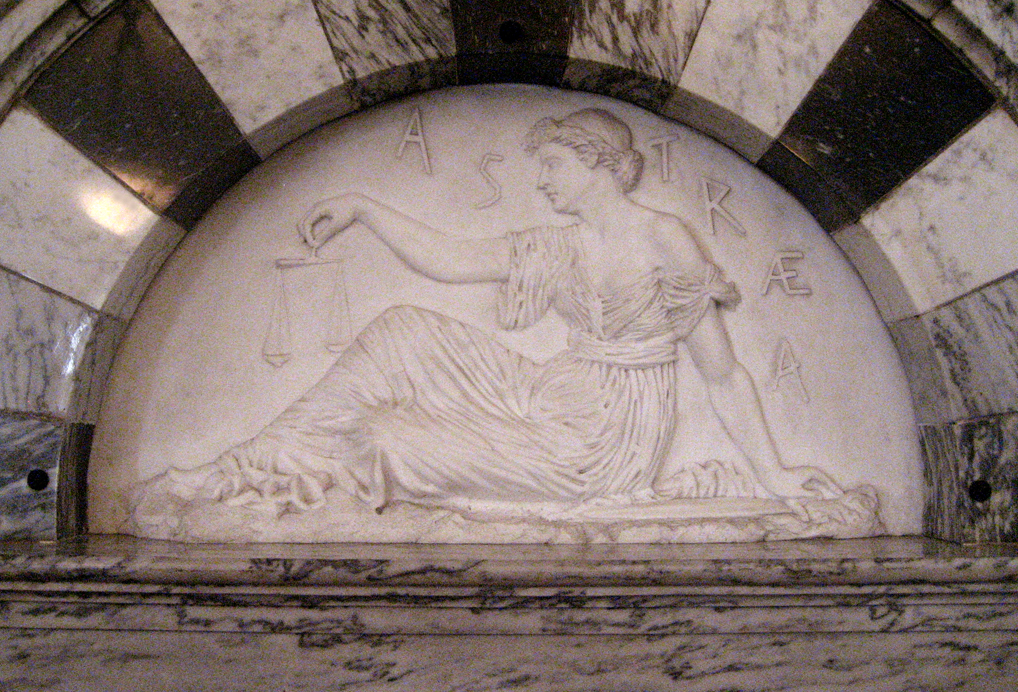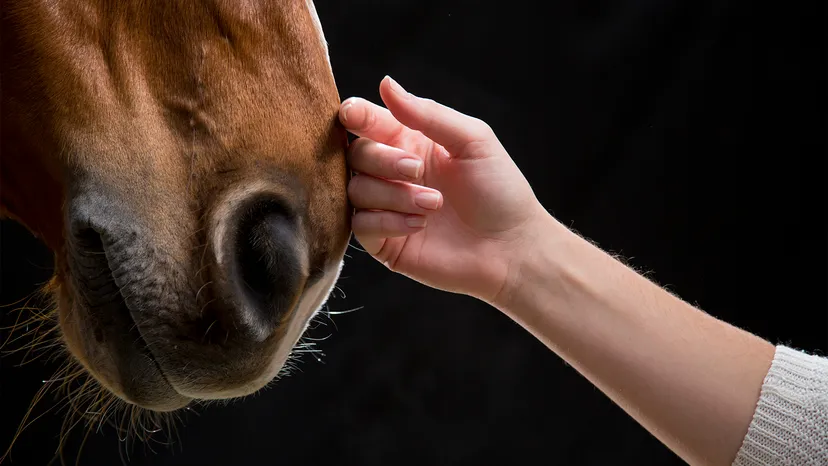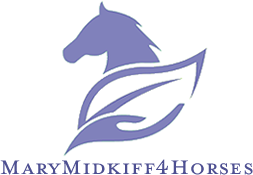
As a fellow horse person, balance is on my mind frequently; in fact it is one of my core values and acts as a gyroscope on my soul. Whether you use the word Balance as a verb or noun and in what context, it is a big part of our daily lives. Perhaps it is something you think about a great deal as well.
Balance in your mind, body, soul; your daily movements and chores; your health and welfare; riding, driving, handling of horses; and the work/life balance is what we are challenged with. We are frequently reminded how fragile public perception and our behaviours, techniques, skills and practices as horse people are interpreted. Think about a pendulum – when it is in balance it is still and straight; but it has the ability to swing to extremes in either direction to make it unbalanced and insecure.

Just when we think we are doing our best with balancing our horse training with public scrutiny and welfare in mind; safeguarding our industry professionals; putting in place more and more safety and health regulations and laws than ever before around horse and rider; when social licensing is at the forefront of our meetings and decisions about how the public will interpret our riding, driving and training; and how the media will react to injury and accidents; another large blow occurs as a lead up to the largest sports event in the world.
Anyone in touch with technology over the past few weeks leading up to and during the Olympics has heard about the withdrawal of British Dressage Rider Charlotte Dujardin from the competition. She is a very highly visible voice, image and icon of the international horse industry and therefore, has received massive coverage over a video showing her using a lunge whip to get a horse to lift its legs higher in a canter training session. The video was taken 4 years ago but came to light in the media just before the Olympics.
The horse industry went through an immediate trickle down effect. Every segment of the horse world was triggered to take another look into their own horse training and disciplines and how to protect their professionals/amateurs and handlers from a similar career damaging occurrence.
The horse racing industry, for example, has minimized the use of the whip and agreed on a new cushioned whip which is much softer on the horse’s body. This change may not be enough – now the discussions are about a full ban on whip use. This repercussion may prove unsafe for jockeys that need the whip to help guide the horse while in a race. Because the jockeys ride so short, they have no use of their legs to guide or encourage the horse as riders typically do. The pendulum swings to an extreme where balance between what the public and animal rights activists insist on and what we as horse people understand are in opposition.
Not one single aspect of the horse world is immune to the interpretation and perception of news in social media. The use of horse’s leg bandages and boots, double bridles, training devices, pads under horse shoes and so many more have been under scrutiny by the veterinary, agricultural and animal welfare experts in answer to concerns from the public.
A few years ago I taught a university course on Animal Welfare, Ethics and the Law. It is a relevant topic every student and educational institution needs to be aware of. I would show the students photos of animals, namely horses and dogs in different situations and ask them to write down their reactions.
Just like any of us that see “what seems to be a compromised animal” in a photo, in a movie, a video or in an advert, we respond in some way. The person or company or organization that releases the image wants you to take action in that split second.
Instead of a sudden reaction, students and you can learn there is choice in everything you see and read. Students learn that they need to take a breath, step back, wait to react, understand the context in an isolated moment, consider what the producer of the image is trying to get across. Look at the bigger picture and only act or react when you feel confidant about what you’ve seen.
If you see an image or video that disturbs you think twice, come to a balanced position before you act or speak out or hit “Send” to friends.
If I as a teacher, a horse expert, a conscientious citizen can give myself time to consider what I am seeing and why, I have an opportunity to bring balance to a situation. Balance comes from knowing and understanding context and purpose behind what is released out to the public; have discussions with experts and taking a look at what horse practices you take part in; making any changes to your work with horses that you control; and make choices that are right for you and your horse.
The extremes are going to continue to happen and be broadcast and publicized, they are a part of our world today with instant news and technology that gives us the button to be heard. It is up to you as a knowledgeable, ethical and balanced horse person to control your responses.
I happen to be a Libra and very aware of what balance means to my life. The Romans named the astrological sign over the approaching September and October months- Libra. Libra stands for the scales of justice. The Romans pictured the scales being held high by Astraeia, the goddess of justice.
Balance and justice are constantly being shaken and stirred in our world. Horses and animals deserve the best standard of welfare each of us can offer them. That statement may not be shared by all people. Horse use and animal domestication are not acceptable to many people – we have to accept that.
Let this be a reminder to you, that you can be a part of keeping the pendulum from swinging away from balance; keeping good healthy horse people around you; and looking after horses the best that you can. Remain positive, support the horse, and be thoughtful about balance in your life and in the world.

